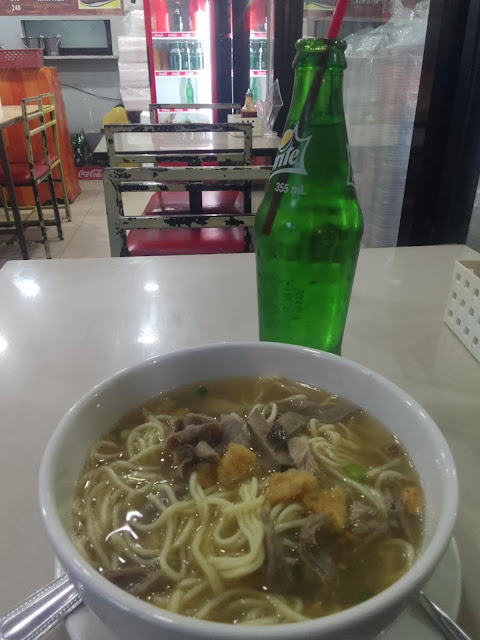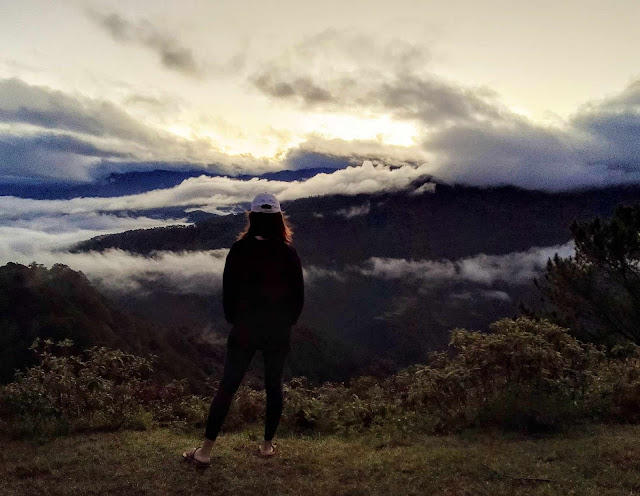I had always dreamed of visiting Iloilo City. I’d heard stories about its Spanish-era houses, including the UNESCO World Heritage Site Miag-ao Church, and its rich food culture. But this wasn’t just a casual vacation—I had signed up for the 2nd Iloilo Dinagyang Heritage Marathon, my first one outside Manila. Excited and slightly anxious, I boarded my early Saturday morning flight from Manila, with my running shoes packed and my playlist ready.
As soon as we landed, I went straight to SM City Iloilo to claim my race kit. Then I tried Deco's Original La Paz Batchoy, located near my accommodation, before checking in. In the afternoon, I headed to Plaza Libertad in search of Roberto's Siopao. I was excited to try it since it was highly recommended.
Then came the day of the marathon.
 |
I arrived at the starting line before 12 a.m. at the Iloilo Provincial Capitol grounds, surrounded by runners of all kinds—seasoned pros, running clubs, and tourists like me. The excitement in the air was electric. When the horn blew, I started running slowly, just trying to find my pace.
As I passed through the city, I saw it in a new way. The heritage houses, the cheering locals, the cool river breeze—it felt like the city was running with me.
At kilometer 35, my legs were screaming, but my spirit kept pushing. The last five kilometers were especially exhausting. It was a huge relief when I finally saw the finish line. Crossing that line was more than just a win—I couldn’t believe I had finished another marathon, and in a city that was unfamiliar to me.
After the race, I found a quiet spot to enjoy my post-race meal, with my medal still around my neck and a bowl of pancit molo in front of me. I was sore, tired, and happy. That day, I didn’t just run a marathon—I ran into a city that gave me stories and strength.
Once I had rested, I went out to explore the city further. I walked along the Iloilo River Esplanade all the way to La Paz Public Market, where I treated myself to another warm bowl of batchoy and some chicken inasal.
Every moment in the city felt welcoming—like I wasn’t just visiting, but truly being embraced.
I came to Iloilo as a marathoner.
I left with deeper realizations: that every city has its own charm, and within it, people doing their best to thrive and survive, one day at a time.





.jpg)
.jpg)
.jpg)
.jpg)
.jpg)

















